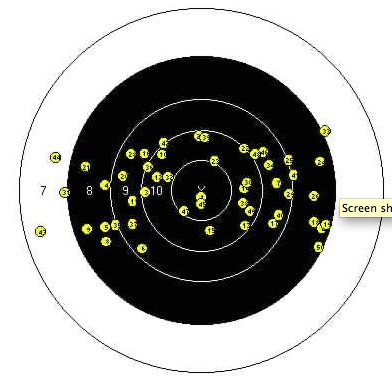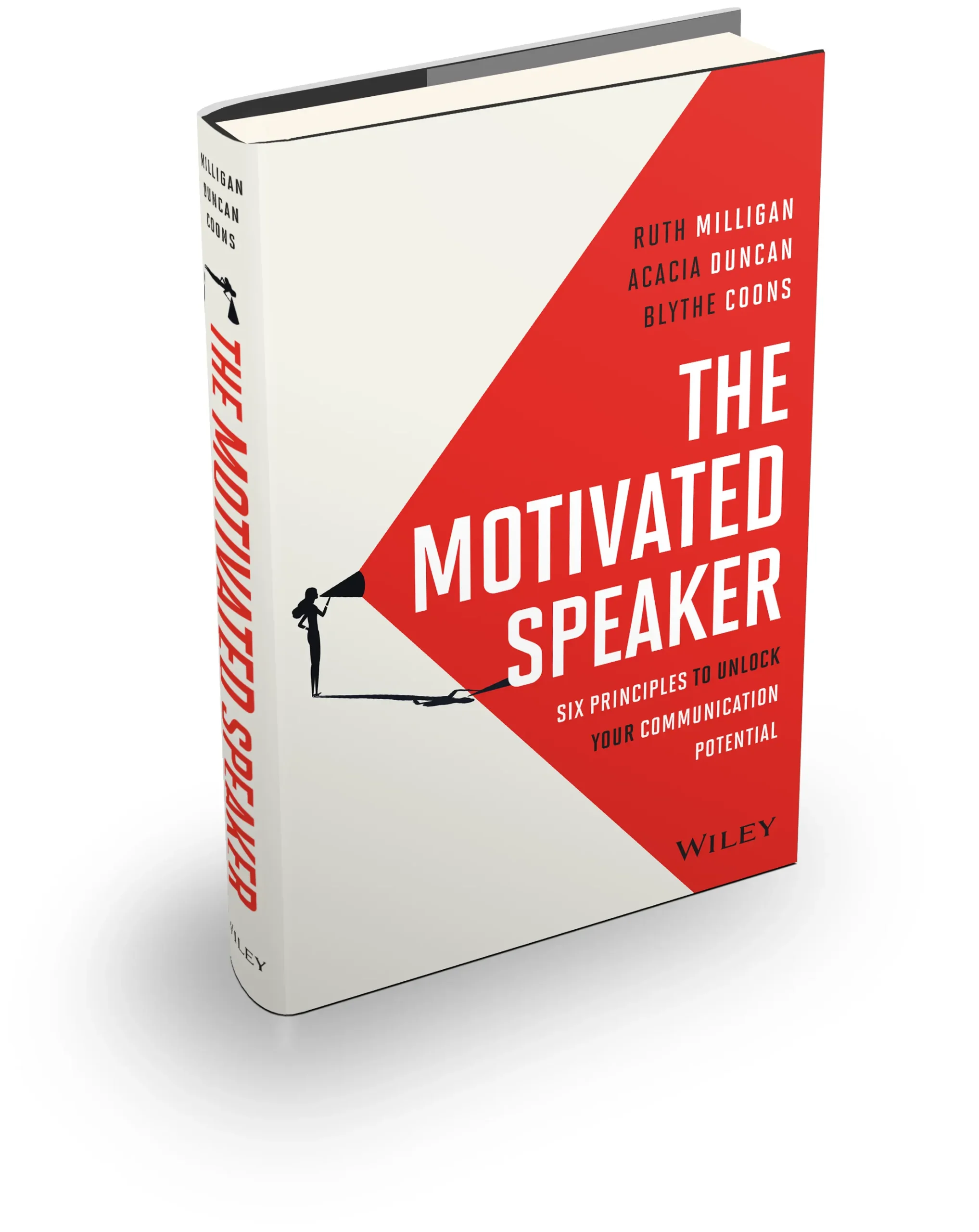
I was at a meeting recently with a local township official, and when I asked about what highlights we should know about his community, he left the room. He quickly and enthusiastically returned with a huge power point deck titled “State of the Township.” All I could see was page after page of bullet points.
He hesitated. And then said, “Well, we really have 15 great points, I’m not sure which 3 to pick. Maybe the schools? Maybe our ranking as a healthy community? I’m not sure, I’ll have to ask around and see what other messages may resonate.”
Bang bang. His message died right there. A missed opportunity. And in some essence, an unveiling of his lack of clear vision and leadership for his community.
So on occasion, I curse the slide, as it allows people to avoid telling a story. But in this case, and more frequently, I’m blaming the bullet point.
A thousand good ideas have a place in your presentation or message when they are tightly grouped, edited and organized. But when ideas simply get translated into bullets, it shoots unnecessary holes in what should be a memorable, repeatable message and story.


